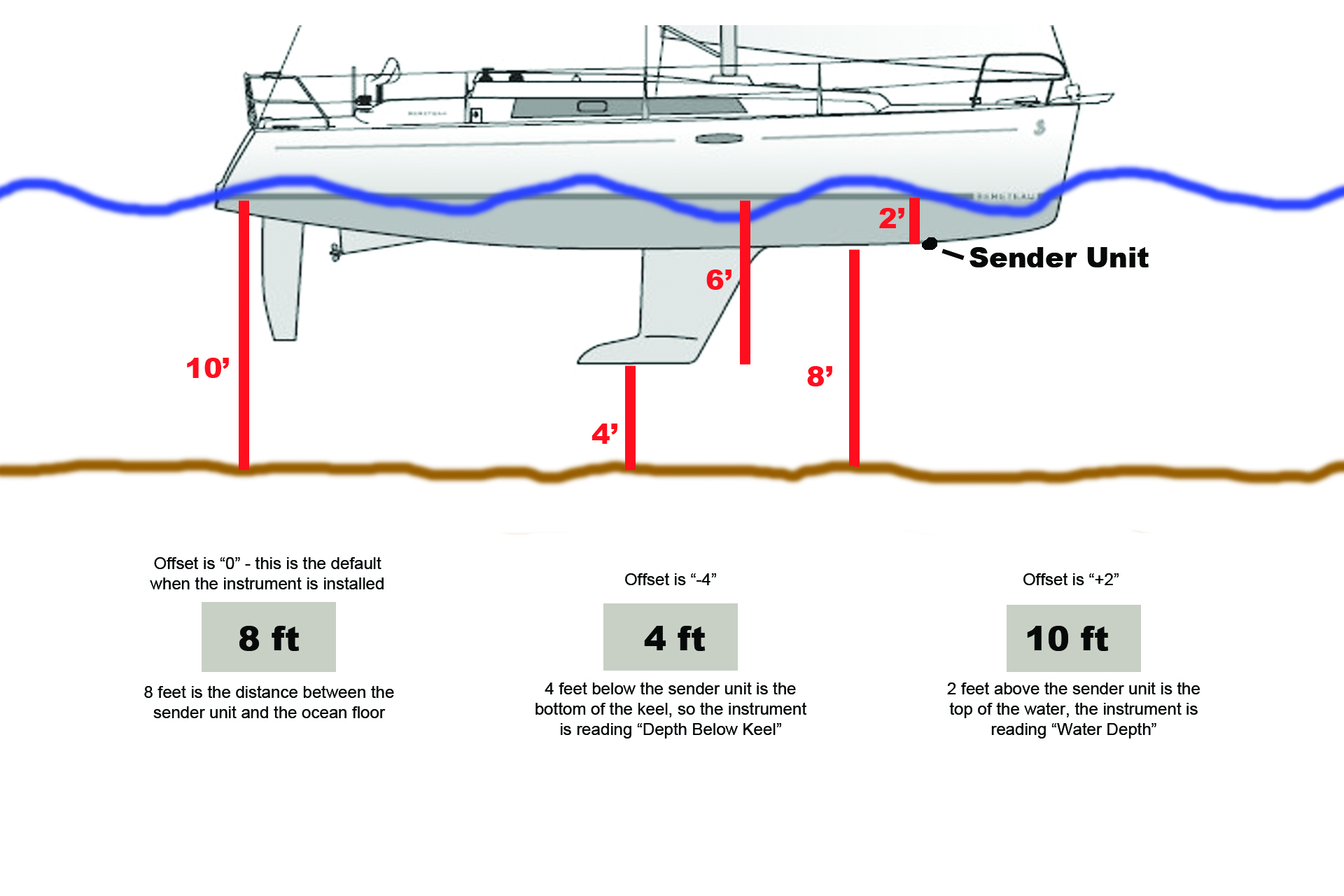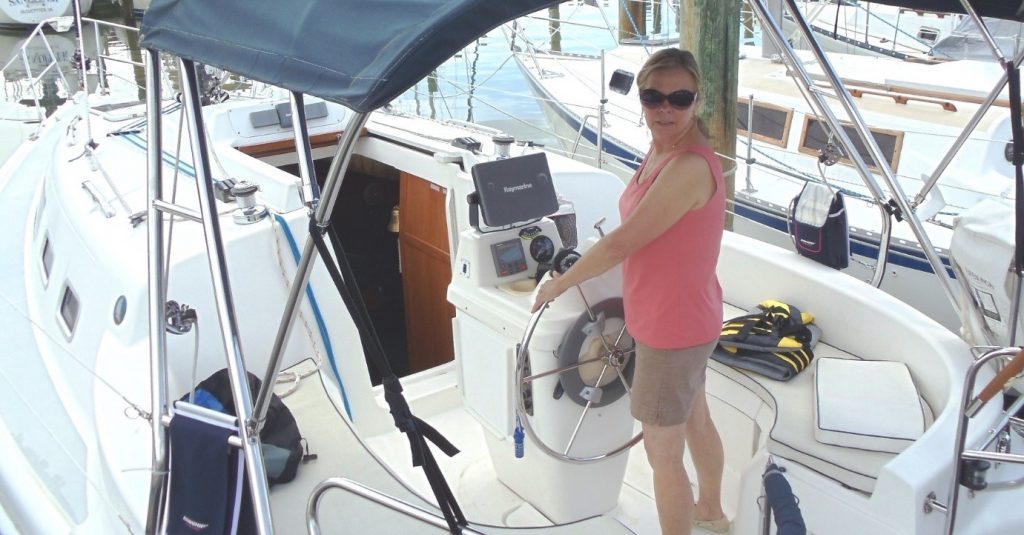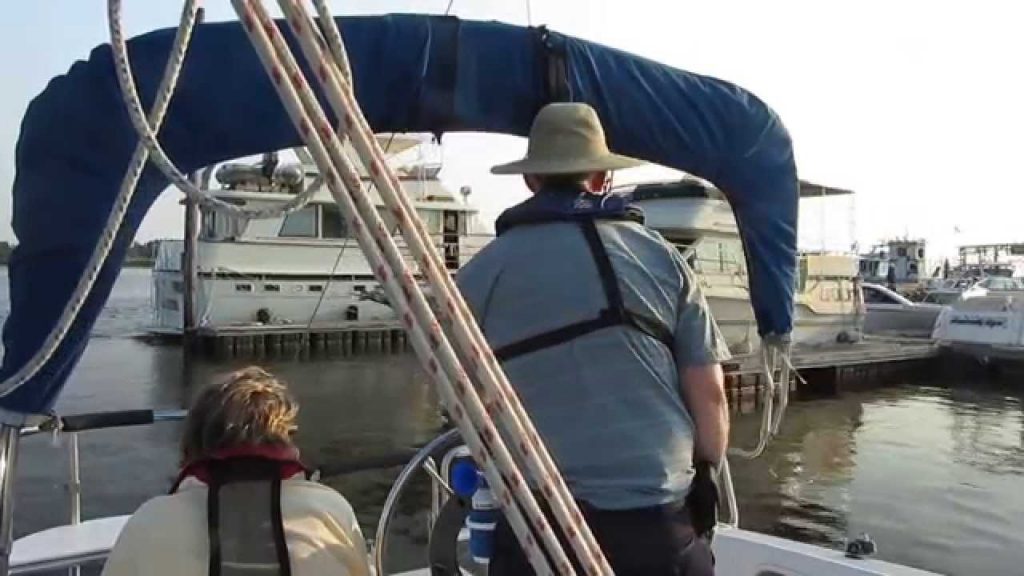It has been said around Tradewinds that there are many things on a boat that can be fixed with liberal application of fresh water. Here are a few of our favorite examples of why that is true – please consider them next time you put a boat away:
1. Windlasses – we are often called upon to repair a non-functioning windlass. The solution 90% of the time is to dis-assemble, clean, grease, and reassemble it. What we find is salt – lots and lots of salt crusting the base and the making the moving parts not want to move so well. Our research (speaking to members) shows that the windlasses are rarely used – people anchor on our boats occasionally, but not often. Almost every time you sail, salt water is coming over the bow, washing the fore-deck, and sloshing over and around the windlass. Don’t forget to open the locker (whether you anchored during your trip or not) and rinse with fresh water – that way next time you do want (or need) to anchor, that windlass will do it’s job for you.
2. High hardware – OK, it’s not the highest hardware on a boat, but there are plenty of blocks, bails, lines, and miscellaneous parts that are attached to the bottom of the boom or near the boom on the mast. These get covered in a nice layer of salty air and spray when you sail. Imagine how well they get rinsed if the mainsail cover is already on when you spray down the boat – not so much! Don’t forget to look a little higher and get these spots rinsed before putting on covers. This goes for binnacles as well.
3. Zippers – The mainsail cover and binnacle covers are typically inside when you sail and don’t receive spray, but the same cannot be said for the dodger and bimini hardware. We find that in particular, the inside of the dodger zippers is not getting rinsed and corrodes faster that the outside. Be sure to get that hose in the cockpit and up under the dodger panels, soaking the zippers well. Don’t forget clutches, fair-leads, and other hardware that is under the dodger.
Sure, it’s great to wash down the boat for the sake of cleanliness, but don’t forget it’s also an important part of boat maintenance. Getting the salt out of all of the parts is critical to their long life. Any hardware, stanchions, lifelines, running rigging, standing rigging, anything that gets exposed to the salty spray of the bay, needs the liberal application of fresh water after every single sail to keep it in good operating condition.







